
The fifth CD in the Canadian Composers Series is also the debut appearance on Another Timbre by the Jack Quartet, performing works by composer Marc Sabat--two string quartets and a violin/cello duo--all combining an exploration of the soundworld of Just Intonation with a strong underlying lyricism.
Out of Stock
Quantity in Basket: None
Log In to use our Wish List
Shipping Weight: 3.00 units
Sample The Album:
Marc Sabat-composer
Kevin McFarland-cello
Jack Quartet-ensemble
John Pickford Richards-viola
Ari Streisfeld-violin
Christopher Otto-violin
Click an artist name above to see in-stock items for that artist.
Label: Another Timbre
Catalog ID: at109
Squidco Product Code: 23758
Format: CD
Condition: New
Released: 2017
Country: UK
Packaging: Cardboard Gatefold
Recorded at The Lantern Theatre, Sheffield, United Kingdon, by Simon Reynell.
"The fifth CD in the Canadian Composers Series is also the debut appearance on Another Timbre by the Jack Quartet. It features chamber music for strings by the Berlin-based composer Marc Sabat, whose compositions explore the world of Just Intonation. But, as Nick Storring argues in the booklet accompanying the Canadian Composers Series of CDs, "to fixate upon this aspect of his music conceals at least half of what makes it so beguiling and beautiful. From an aural perspective, what is most salient about his work is not the system itself but his fluency within it. Part of this is attributable to his deep insight and compassion surrounding performance. Prior to his shift from to Toronto to Berlin, Sabat was revered as a violinist, and in his Euler Lattice Spirals Scenery quartet one hears the fruits of his tireless exploration of pitch. But his music never comes across as a dry academic study. Rather his rich treatment of the string quartet as medium brings the listener into close proximity with the palpable joy Sabat experiences in discovering these sonorities. It's anchored in a reflective, unhurried temporality, but full of radiant blossomings of sound, wild sparkling eruptions in the instruments' uppermost registers." "-Another Timbre
Another Timbre interview with Marc Sabat:
"Living in a small town, in the years before the internet came and flattened out the earth, I spent many hours borrowing recordings, LPs, cassettes, later CDs and videos, from the local library, and gradually I amassed a substantial collection of records and scores, studying over headphones, reading interviews with composers and artists' writings. Chance encounters with fascinating books, wandering through a section of the library stacks, often led to new and unexpected discoveries.
What and where did you study at university?
I went to the University of Toronto, where I studied violin, composition, and mathematics, completing a BA in 1986. I followed this with a Master's at the Juilliard School in New York (1988) and then two years of string quartet playing in Banff and St. John's Newfoundland. But I decided not to pursue classical performing and began focussing on auto-didactic explorations of just intonation, improvisation and electronic music. A big inspiration came by a chance discovery in the St. John's university library: a signed copy, virtually untouched, of Harry Partch's Genesis of a Music, in which he described his own 'new beginnings' exploring the adapted viola. I was enthralled, and it made perfect sense to me.
As I got to know the intervals and harmonies Partch described, making my own colour-coded paper fingerboards, I could imagine the possibility, the sound, of an incredible world of new harmonies not yet heard, and this led me back to following a path as a composer. The expressionism and abstraction of much post-war European new music never appealed to me; it remained intangible and divorced from sensory experiences I could relate to. But Partch's theoretical exposition of microtonally extended just intonation seemed to me like something really new, unexplored, abstract, and sensual, all in one.
I moved to Montréal in 1990 and briefly studied computer music as a special student at McGill. But I quickly lost interest in the academic music scene, and worked instead on improvised performance projects and collaborations with my filmmaker/artist brother Peter. Attending many concerts of experimental music, I heard Malcolm Goldstein play and asked if we could meet; in our session he introduced me to Jim Tenney's work with just intonation. Soon after, during a week-long workshop with Malcolm in Vermont, I composed the first piece which is still part of my catalogue, a kind of new 'Opus 1', an exploration of Harry Partch's utonal subharmonic chord, played on radically retuned violin and viola in just intonation, called Three Chorales for Harry Partch.
That interest in just intonation has been fundamental to the music you have composed ever since. Why is it so important to you?
I think the reason I became fascinated by the intricate tonal logic of Just Intonation was that it offered a precise description of sound phenomena which I was already hearing, experiencing, while listening closely to my violin. It was clear to me that there were a diversity of intervals that could be clearly distinguished by listening to their sonority, and that these intervals deviated quite radically, in some cases, from the pitches of the piano or of notes written up in the existing Western European notation.
The interactions of tones produce patterns of texture which are like characteristic signatures, and these distinctive sounds require precise variations of intonation to become clear. Since ancient times composers and theorists have used proportions (or more accurately, ratios of frequency) to define intervals and describe the relationships which connect tones melodically, harmonically, contrapuntally, timbrally. Partch's 'language of ratios' and 'tonality diamond' opened up the concept of a multidimensional harmonic space, more precisely described in writings by Ben Johnston and James Tenney, which has given me a way of entering the world of harmony.
I began these explorations by writing several pieces about slow motion sound, sometimes mixing rough, distorted noisy tone with sustained pitches, inspired by writings by Steve Reich (I don't think I'd heard much Scelsi yet at that point...). I've always been fascinated with slow chorales, and many of my pieces are built around some kind of variation of a chord sequence or cantus firmus. As I began to investigate the possibility of moving around in harmonic space, connecting pitch aggregates by common tones, I realised that I'd need to develop a suitable microtonal notation."
Artist Biographies
• Show Bio for Marc Sabat "Canadian composer of Ukrainian descent Marc Sabat (*1965) has been based in Berlin since 1999. He makes pieces for concert and installation settings, drawing inspiration from investigations of the sounding and perception of Just Intonation and of various music traditions - folk, experimental and classical. He is a frequent collaborator, seeking fruitful interactions with other musicians and artists of visual and literary modes to find points of shared exploration and dialogue between various forms of experience. Sabat studied composition, violin and mathematics at the University of Toronto, at the Juilliard School in New York, and at McGill University, as well as working privately with Malcolm Goldstein, James Tenney and Walter Zimmermann. Together with Wolfgang von Schweinitz he has developed the Extended Helmholtz-Ellis JI Pitch Notation and is a pioneer of music written and performed in microtonal Just Intonation. He teaches composition and the theory and practice of intonation at the Universität der Künste Berlin. Scores and artist editions are available under a creative commons share-alike non-commercial license through Plainsound Music Edition." ^ Hide Bio for Marc Sabat • Show Bio for Kevin McFarland "Kevin McFarland is a member of Ensemble Signal and has made guest appearances with Alarm Will Sound, the International Contemporary Ensemble, and the Wordless Music Orchestra. He also composes, with recent performances by mezzo-soprano Abby Fischer as part of her ABSYNTH project and by Hutchins Consort East with whom he also plays the tenor violin. He sometimes distributes electronic music under various monikers which are only quasi-secret. He is also active as a solo artist, both as interpreter of new works for solo cello as well as improviser. He made his solo cello and electronics debut at The Stone in 2014. Kevin holds a Bachelor's Degree from the Eastman School of Music, where he studied cello with Steven Doane and composition with David Liptak, Robert Morris, and Ricardo Zohn-Muldoon. His article "Second-Generation Interpretation of Xenakis' String Quartets" can be found in Performing Xenakis published by Pendragon Press. He currently calls three places home: Brooklyn, NY is his home base; Lancaster, PA is his hometown; and Denver, CO is his home away from home with his partner and two dogs." ^ Hide Bio for Kevin McFarland • Show Bio for Jack Quartet "Deemed "superheroes of the new music world" (Boston Globe), the JACK Quartet is "the go-to quartet for contemporary music, tying impeccable musicianship to intellectual ferocity and a take-no-prisoners sense of commitment." (Washington Post) "They are a musical vehicle of choice to the next great composers who walk among us." (Toronto Star) The recipient of Lincoln Center's Martin E. Segal Award, New Music USA's Trailblazer Award, and the CMA/ASCAP Award for Adventurous Programming, JACK has performed to critical acclaim at Carnegie Hall (USA), Lincoln Center (USA), Miller Theatre (USA), Wigmore Hall (United Kingdom), Muziekgebouw aan 't IJ (Netherlands), IRCAM (France), Kölner Philharmonie (Germany), the Lucerne Festival (Switzerland), La Biennale di Venezia (Italy), Suntory Hall (Japan), Bali Arts Festival (Indonesia), Festival Internacional Cervatino (Mexico), and Teatro Colón (Argentina). Comprising violinists Christopher Otto and Austin Wulliman, violist John Pickford Richards, and cellist Jay Campbell, JACK is focused on new work, leading them to collaborate with composers John Luther Adams, Chaya Czernowin, Simon Steen-Andersen, Caroline Shaw, Helmut Lachenmann, Steve Reich, Matthias Pintscher, and John Zorn. Upcoming and recent premieres include works by Derek Bermel, Cenk Ergün, Roger Reynolds, Toby Twining, and Georg Friedrich Haas. JACK operates as a nonprofit organization dedicated to the performance, commissioning, and spread of new string quartet music. Dedicated to education, the quartet spends two weeks each summer teaching at New Music on the Point, a contemporary chamber music festival in Vermont for young performers and composers. JACK has long-standing relationships with the University of Iowa String Quartet Residency Program, where they teach and collaborate with students each fall, and the Boston University Center for New Music, where they visit each semester. Additionally, the quartet makes regular visits to schools including Columbia University, Harvard University, New York University, Princeton University, Stanford University, and the University of Washington." ^ Hide Bio for Jack Quartet • Show Bio for John Pickford Richards "Called "wholesome-looking" by the New York Times, violist John Pickford Richards has gained a reputation for performing new and unusual music. Before playing in JACK, he was a founding member of the ensemble Alarm Will Sound, allowing him to work closely with composers such as John Adams, Meredith Monk, and Steve Reich at venues such as Carnegie Hall, Lincoln Center, and the Holland Festival. John has appeared with bands such as the All-American Rejects, Silversun Pickups, and Grizzly Bear and has performed as soloist with the Pasadena Symphony, Armenian Philharmonic, Wordless Music Orchestra, Ossia New Music, and with the Lucerne Festival Academy Orchestra playing the solo part to Luciano Berio's Chemins II under the direction of Pierre Boulez. He holds degrees from the Interlochen Arts Academy and Eastman School of Music where his primary teachers were David Holland and John Graham." ^ Hide Bio for John Pickford Richards • Show Bio for Ari Streisfeld "Praised for his "dazzling performance" by the New York Times, violinist Ari Streisfeld has quickly established himself as a leader in contemporary classical music. In addition to his work with JACK, he frequently performs with today's leading contemporary music ensembles, including Ensemble Signal and Worldless Music Orchestra. Streisfeld is also a member of Shir Ami, an ensemble dedicated to the performance and preservation of Jewish art music. Hailed as "imaginative" by the Los Angeles Times, Streisfeld's arrangements of madrigals and motets for string quartet by Machaut and Gesualdo have been performed to acclaim both at home and abroad. A recipient of the Morton Gould Young Composer Award, Streisfeld most recently premiered his arrangements for voice and violin at The Stone (New York) and the Cortona Sessions for New Music (Italy) alongside critically acclaimed mezzo-soprano Rachel Calloway. A passionate and committed music educator, Streisfeld serves on the faculty of New York's Special Music School, Face the Music, and the Cortona Sessions for New Music (Italy). As a soloist, he has performed with the Kennett Symphony Orchestra and the Northwestern Philharmonia. Streisfeld performed the Berg Violin Concerto with the Boston University Symphony Orchestra as winner of the 2006 Boston University Concerto Competition. Streisfeld attended the Eastman School of Music (Bachelor of Music), Northwestern University (Master of Music), and Boston University (Doctor of Musical Arts). He has recorded for Mode, Albany, Carrier, Innova, Canteloupe, and New World Records." ^ Hide Bio for Ari Streisfeld • Show Bio for Christopher Otto "Christopher Otto studied composition at the Eastman School of Music with Martin Bresnick, David Liptak, and Robert Morris. As a violinist, Christopher has premiered many compositions and worked with such composers as Harrison Birtwistle, Pierre Boulez, Helmut Lachenmann, and Steve Reich. Christopher has participated as composer and performer in such contemporary music festivals as the Lucerne Festival Academy, Internationale Musikinstitut Darmstadt, Karlheinz Stockhausen Courses, Institute and Festival for Contemporary Performance at the Mannes College of Music, June in Buffalo, and Festival Internacional de Música Contemporánea de Michoacán." ^ Hide Bio for Christopher Otto
4/2/2025
Have a better biography or biography source? Please Contact Us so that we can update this biography.
4/2/2025
Have a better biography or biography source? Please Contact Us so that we can update this biography.
4/2/2025
Have a better biography or biography source? Please Contact Us so that we can update this biography.
4/2/2025
Have a better biography or biography source? Please Contact Us so that we can update this biography.
4/2/2025
Have a better biography or biography source? Please Contact Us so that we can update this biography.
4/2/2025
Have a better biography or biography source? Please Contact Us so that we can update this biography.
Track Listing:
1. Preludio (Les Quintes Justes) 12:07
2. Pythagoras Drawing (I) 1:33
3. Harmonium For Claude Vivier 6:04
4. Harmonium For Ben Johnston 11:30
5. Pythagoras Drawing (II) 1:52
6. Claudius Ptolemy 22:30
7. Jean-Philippe Rameau 5:55
8. Jean-Philippe Rameau 5:42
9. Jean-Philippe Rameau 5:18
10.Jean-Philippe Rameau 5:45
Compositional Forms
Stringed Instruments
Quartet Recordings
Duo Recordings
New in Compositional Music
Canadian Composition & Improvisation
Search for other titles on the label:
Another Timbre.





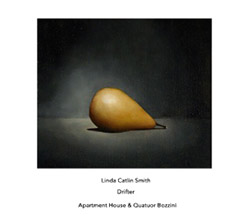
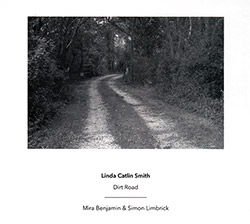

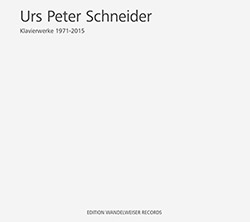





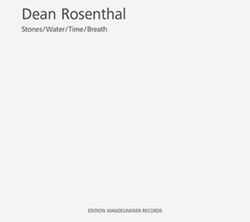




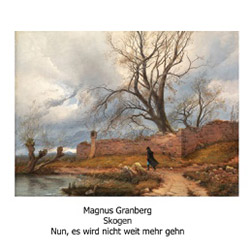



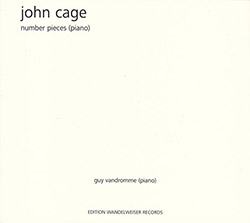
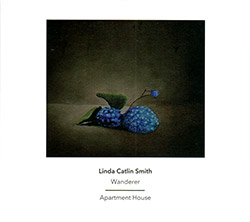
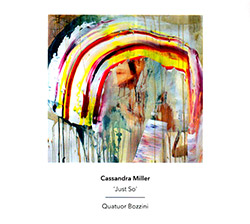
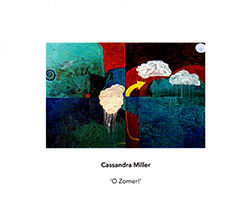



![Niblock, Phill / Anna Clementi / Thomas Stern: Zound Delta 2 [VINYL]](https://www.teuthida.com/productImages/misc4/34623.jpg)
![Yoko, Ono / The Great Learning Orchestra: Selected Recordings From Grapefruit [2 CDs]](https://www.teuthida.com/productImages/misc4/35841.jpg)
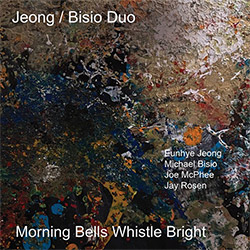
![Brotzmann, Peter / John Edwards / Steve Noble / Jason Adasiewicz: The Quartet [2 CDs]](https://www.teuthida.com/productImages/misc4/35975.jpg)
![Brotzmann, Peter / John Edwards / Steve Noble / Jason Adasiewicz: The Quartet [VINYL 2 LPs]](https://www.teuthida.com/productImages/misc4/35976.jpg)
![Thomas, Pat: The Solar Model of Ibn-Al Shatir [VINYL]](https://www.teuthida.com/productImages/misc4/36044.jpg)
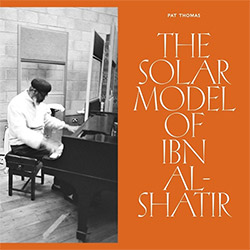

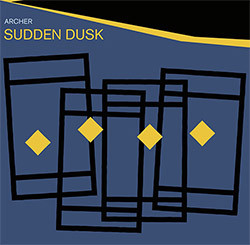

![Rodrigues, Ernesto / Nuno Torres / Guilherme Rodrigues: Whispers In The Moonlight - In Seven Movements [2CDs]](https://www.teuthida.com/productImages/misc4/35765.jpg)
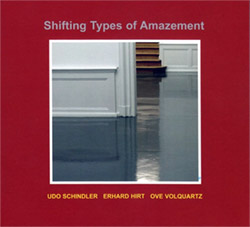

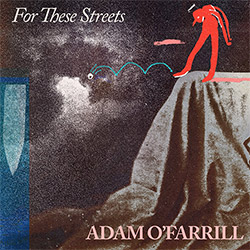
![Cocks, Laura: FATHM [VINYL]](https://www.teuthida.com/productImages/misc4/36055.jpg)
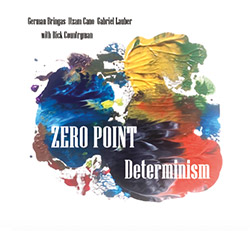
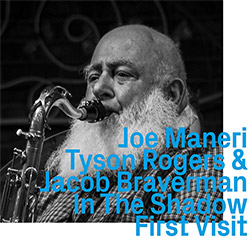
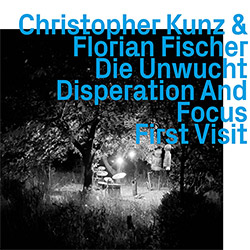
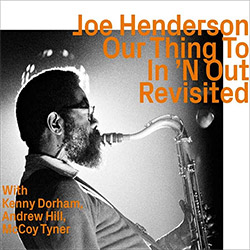

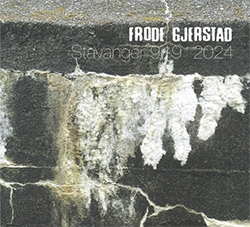
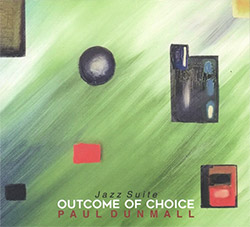
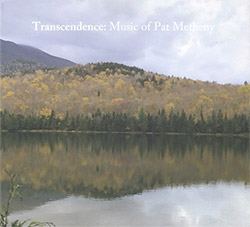
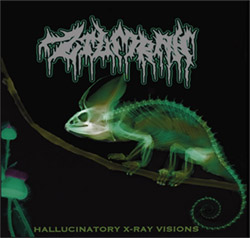
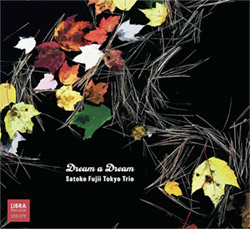
![Ackerley / Prymek / Turner: All Hope With Sleeping Minds [CASSETTE]](https://www.teuthida.com/productImages/misc4/35950.jpg)
![Myers, David Lee : Tin Drop Tear [BOOK w/ DOWNLOAD]](https://www.teuthida.com/productImages/misc4/36030.jpg)

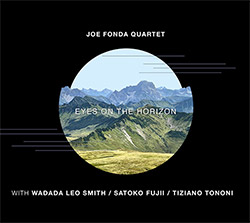
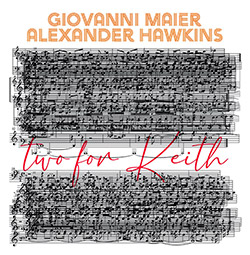
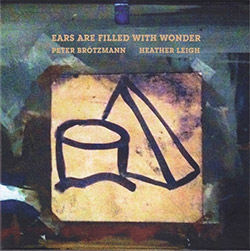
![Schindler, Udo / Sandy Ewen / Damon Smith: Munich Sound Studies Vols. 4, 5 & 6 [3 CDs]](https://www.teuthida.com/productImages/misc4/35966.jpg)
![Turbulence Orchestra & Sub-Units: Smear Out the Difficulties (Double Live) [2 CDs]](https://www.teuthida.com/productImages/misc4/36048.jpg)


![Perelman, Ivo / Tyshawn Sorey: Paralell Aesthetics [2 CDs]](https://www.teuthida.com/productImages/misc4/35871.jpg)
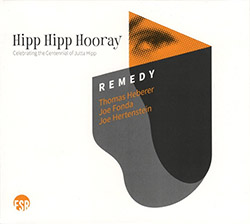

![Sjostrom, Harri: SoundScapes #4 Festival Berlin 2023 [3 CDs]](https://www.teuthida.com/productImages/misc4/35874.jpg)
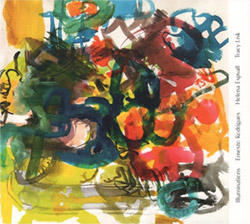


![Glenn, Jordan: Flustered [CASSETTE]](https://www.teuthida.com/productImages/misc4/35948.jpg)


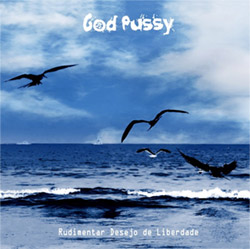

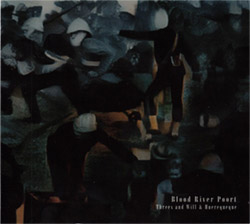
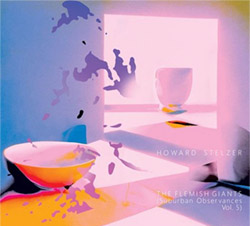
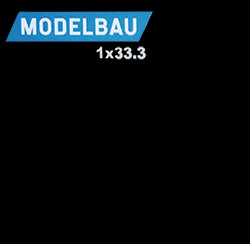
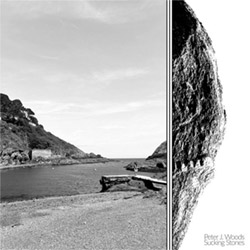
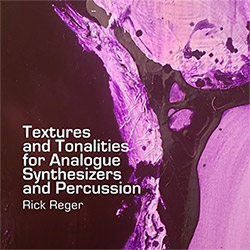

![Olencki, Weston : Pearls Ground Down To Powder [VINYL]](https://www.teuthida.com/productImages/misc4/35956.jpg)
![Myers, David Lee: Oculus [2CDs]](https://www.teuthida.com/productImages/misc4/35857.jpg)


![dustsceawung: dustsceawung [CASSETTE w/ Download]](https://www.teuthida.com/productImages/misc4/35753.jpg)
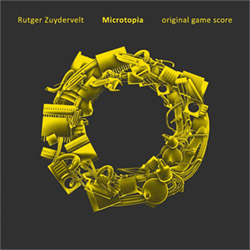



![Halls of the Machine: Atmospheres For Lovers And Sleepers [CASSETTE w/ DOWNLOAD]](https://www.teuthida.com/productImages/misc4/35806.jpg)
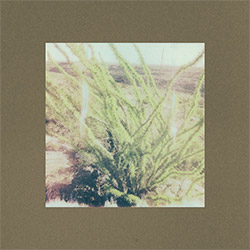
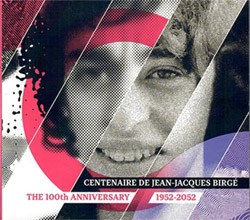
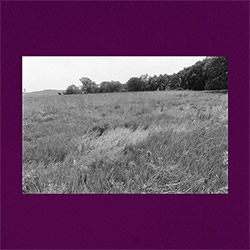
![AHC (Alexander Cooper): Lase [2 CDs]](https://www.teuthida.com/productImages/misc4/35754.jpg)



![Fagaschinski, Kai / Yan Jun : Graveyard Processions [VINYL w/ DOWNLOAD]](https://www.teuthida.com/productImages/misc4/35474.jpg)









![Zorn, John / JACK Quartet: The Complete String Quartets [2 CDs]](https://www.teuthida.com/productImages/misc4/35609.jpg)

![Lonsdale, Eden: Dawnings [2 CDs]](https://www.teuthida.com/productImages/misc4/35480.jpg)







![Sanna, Claudio: Compositori Sardi Contemporanei II [2 CDs]](https://www.teuthida.com/productImages/misc4/35317.jpg)







![Zurria, Manuel: Fame di Vento [3 CDs]](https://www.teuthida.com/productImages/misc4/35167.jpg)


![Electric Bird Noise / Derek Roddy: 8-10-22 [CD EP]](https://www.teuthida.com/productImages/misc4/35970.jpg)








![Elephant9 : Mythical River [VINYL]](https://www.teuthida.com/productImages/misc4/34624.jpg)



![Elephant9 with Terje Rypdal: Catching Fire [VINYL 2 LPs]](https://www.teuthida.com/productImages/misc4/35355.jpg)
![Deerlady (Obomsawin, Mali / Magdalena Abrego): Greatest Hits [VINYL]](https://www.teuthida.com/productImages/misc4/34876.jpg)







![Surplus 1980: Illusion of Consistency [CD]](https://www.teuthida.com/productImages/misc4/35069.jpg)
![Staiano, Moe: Away Towards the Light [VINYL + DOWNLOAD]](https://www.teuthida.com/productImages/misc4/35037.jpg)



![Caveira (Gomes / Sousa / Abras / Ferrandini): Ficar Vivo [VINYL]](https://www.teuthida.com/productImages/misc4/34643.jpg)
![Coley, Byron: Dating Tips for Touring Bands [VINYL]](https://www.teuthida.com/productImages/misc4/17906.jpg)

![Lost Kisses: My Life is Sad & Funny [DVD]](https://www.teuthida.com/productImages/misc4/lostKissesDVD.jpg)